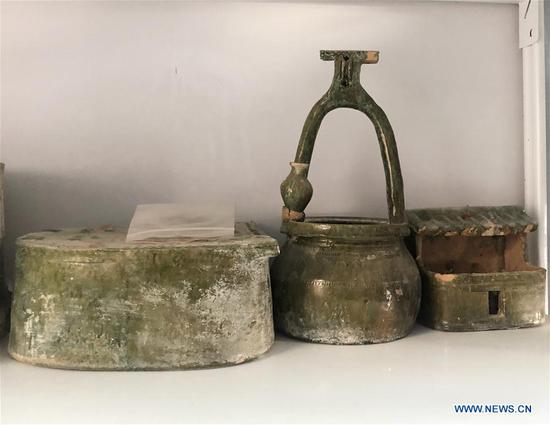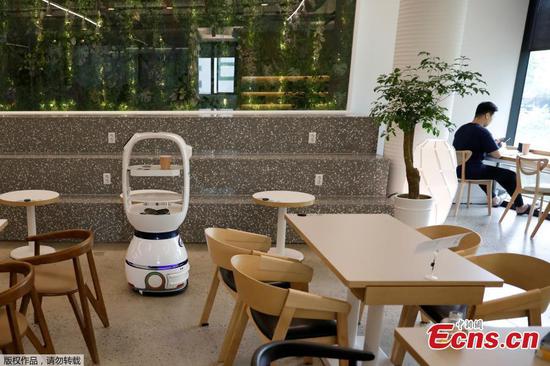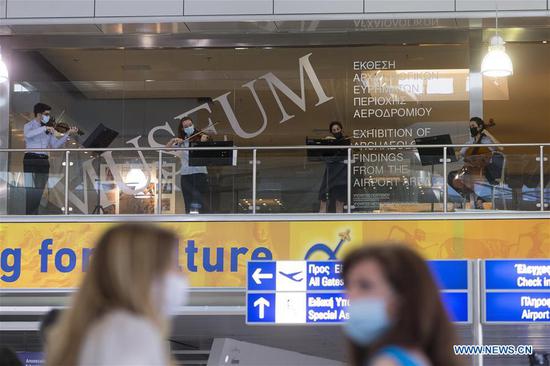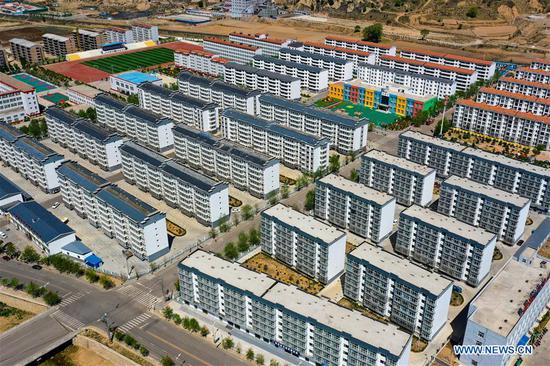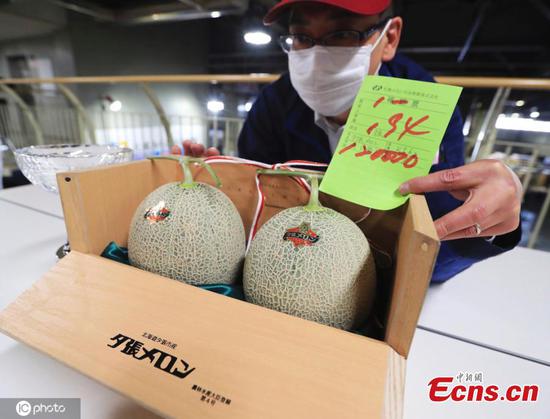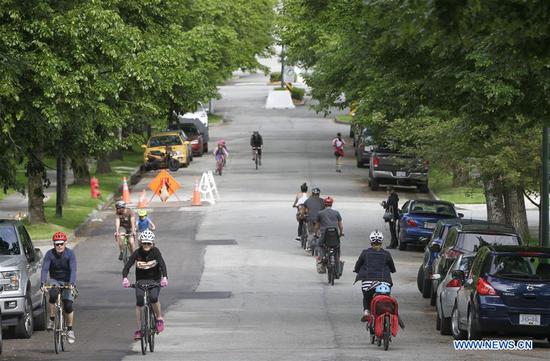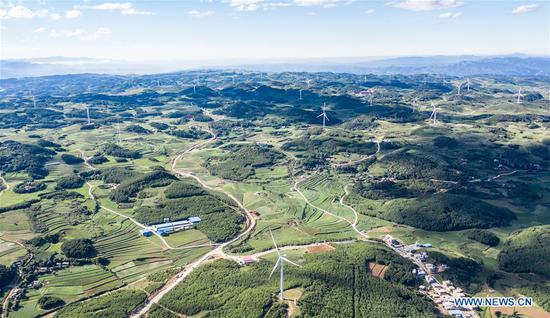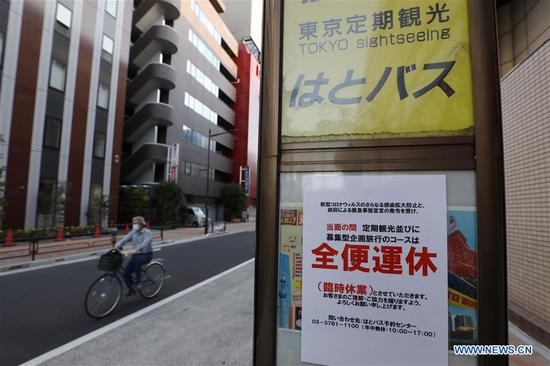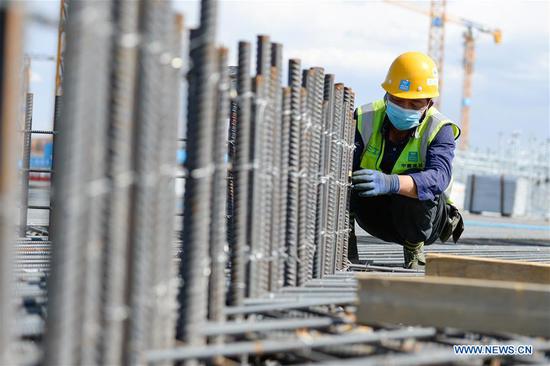
A staff worker checks equipment at a nucleic acid testing laboratory in Tianjin. (Photo/Xinhua)
Planning for 25 to 30 level 3 biosafety laboratories is underway in Guangdong province as the COVID-19 pandemic amplifies the need for such facilities, a national legislator said.
The labs-designated P3, just one notch below the highest biosafety level P4-will be used for diagnostic work and research on highly virulent and easily transmitted deadly pathogens, such as the Ebola virus.
Seven or eight of the P3 labs should be able to carry out research on large animals, said Wang Ruijun, director of the provincial Science and Technology Department and a deputy to the 13th National People's Congress.
"We hope we can meet the demand for P3 labs in three years and build at least one P4 lab in five years," he said on the sidelines of the two sessions in Beijing.
In early 2018, China began using its first P4 biosafety lab in Wuhan, Hubei province.
Wang said there are five P3 labs in Guangdong, but they are not sophisticated enough to support experiments on large animals.
With its subtropical climate, international hub ports and megacities, Guangdong often stands at the forefront of transmissible disease outbreaks and imported transmissible diseases, Wang said.
It is important to build infrastructure, conduct research and have the capacity to test pathogens quickly in emergencies, Wang said.
"Research on viruses such as SARS, H1N1, MERS, Ebola, H5N7 and the novel coronavirus needs to be conducted in P3 or P4 labs," said Zhou Haibo, Party secretary of Qingyuan People's Hospital, who is also an NPC deputy.
Efforts to separate the novel coronavirus strain as well as research on the virus entry mechanism, mutation, vaccine development and pharmaceutical selection all need to be carried out in a P3 lab, he said.
During the pandemic, universities and research organizations have been eager to tackle the problems through research, but their efforts were hindered by the shortage of such labs, he said.
The Third People's Hospital of Shenzhen is one of four hospitals in the country with a P3 lab capable of constantly monitoring the virus. Its lab operated 24 hours a day after the coronavirus outbreak and played a pivotal role in the response to the pandemic, lab director Zhang Zheng said.
In a P3 lab shared with Guangzhou customs, a team led by Zhong Nanshan, a prominent respiratory disease expert, separated the novel coronavirus from respiratory passage, feces and urine samples and has conducted research on vaccines and pharmaceuticals.
The Guangzhou lab and the P3 lab at the Guangdong Provincial Center for Disease Control and Prevention are primarily tasked with testing and cannot handle research in a systematic way, Wang said.
A number of hospitals and research organizations in Guangdong have applied to build P3 or P4 labs.
Li Qingquan, president of Shenzhen University and an NPC deputy, called for sharing P3 labs in addition to building new ones.
"A new P3 lab calls for large input and, if not fully utilized, would be a serious waste of resources," he said.
Li also highlighted the importance of supervising and managing such labs properly, because biosafety accidents could put public health at risk.












